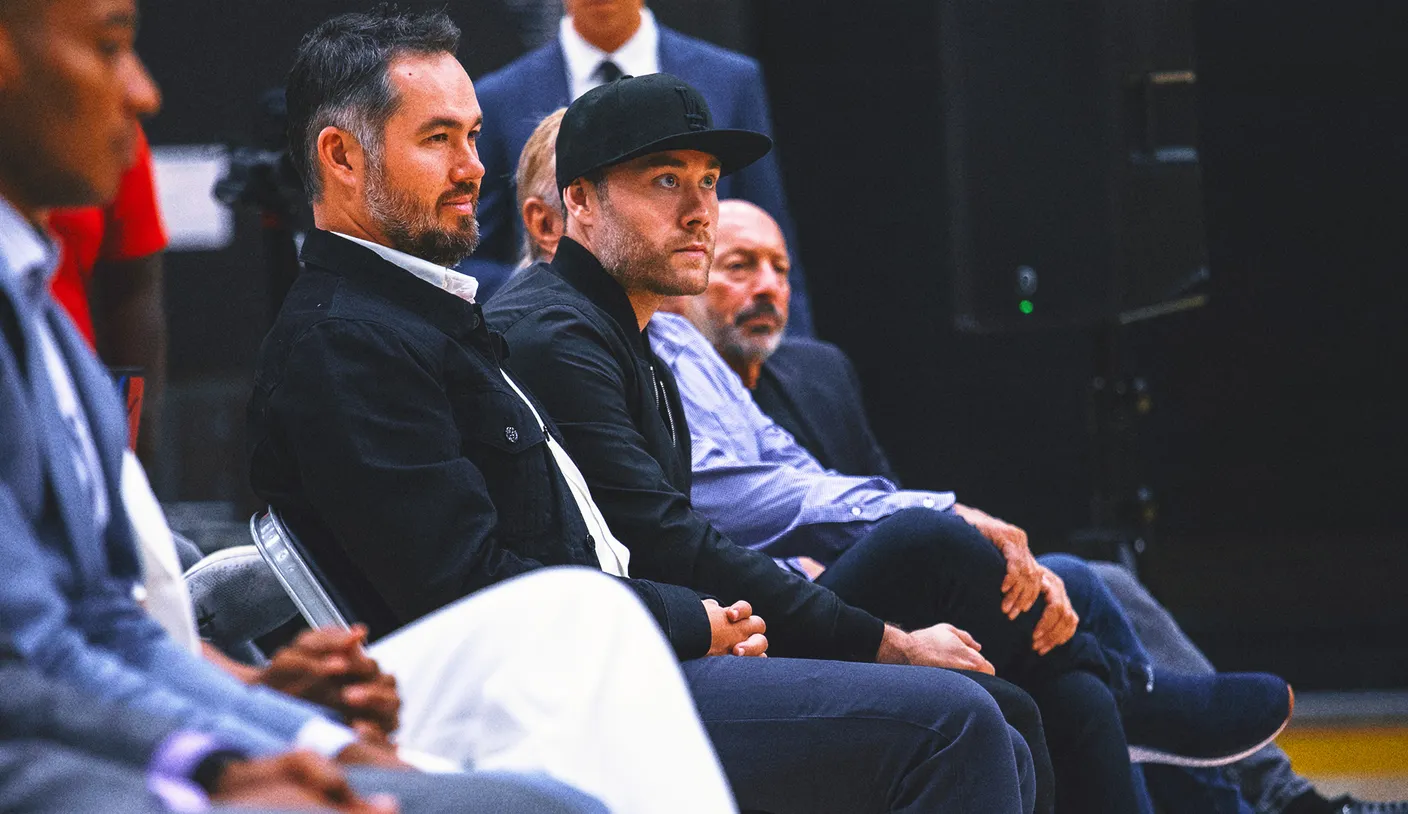Joey Buss and Jesse Buss have departed from the Los Angeles Lakers’ front office following a recent shift in the team’s ownership, according to a source who spoke anonymously to The Associated Press. The Lakers have not officially announced the removal of Jerry Buss’s sons, who were actively involved with the team since their father’s passing in 2013, and are also revamping the scouting team associated with them.
The Buss brothers confirmed their exit in a statement to ESPN, noting they will retain minority ownership under new lead owner Mark Walter. Jesse Buss served as assistant general manager, while Joey Buss held the roles of acting governor and vice president of research and development. In their joint statement, they expressed gratitude for their 20 seasons with the Lakers and reflected on the bittersweet nature of their departure, wishing their late father had been able to share his thoughts during this transition.
Jerry Buss had at least seven children, six of whom were involved in the Lakers’ operations during his tenure. After Jerry’s death, Jeanie Buss became the team’s governor. She dismissed her brother Jim Buss from the executive vice president of basketball operations role in 2017, replacing the general manager and shifting basketball operations leadership to Magic Johnson and current GM Rob Pelinka.
Mark Walter finalized his acquisition of a controlling stake in the Lakers three weeks ago, in a deal valued at $10 billion announced earlier in June. Although Jeanie Buss will temporarily remain as governor, Walter is the primary owner now. The Buss brothers had been integral to the Lakers’ scouting and player development, acclaimed for contributing to successful drafts and free agent signings. Anticipating the change in ownership, Joey and Jesse Buss launched an investment firm, Bass Sports Capital, in September.
Fan Take: This leadership change marks the end of an era for the Lakers, symbolizing a major shift in how one of basketball’s most storied franchises will be managed moving forward. For fans, it signals the potential for new strategies and directions that could reshape the team’s future success on and off the court.



